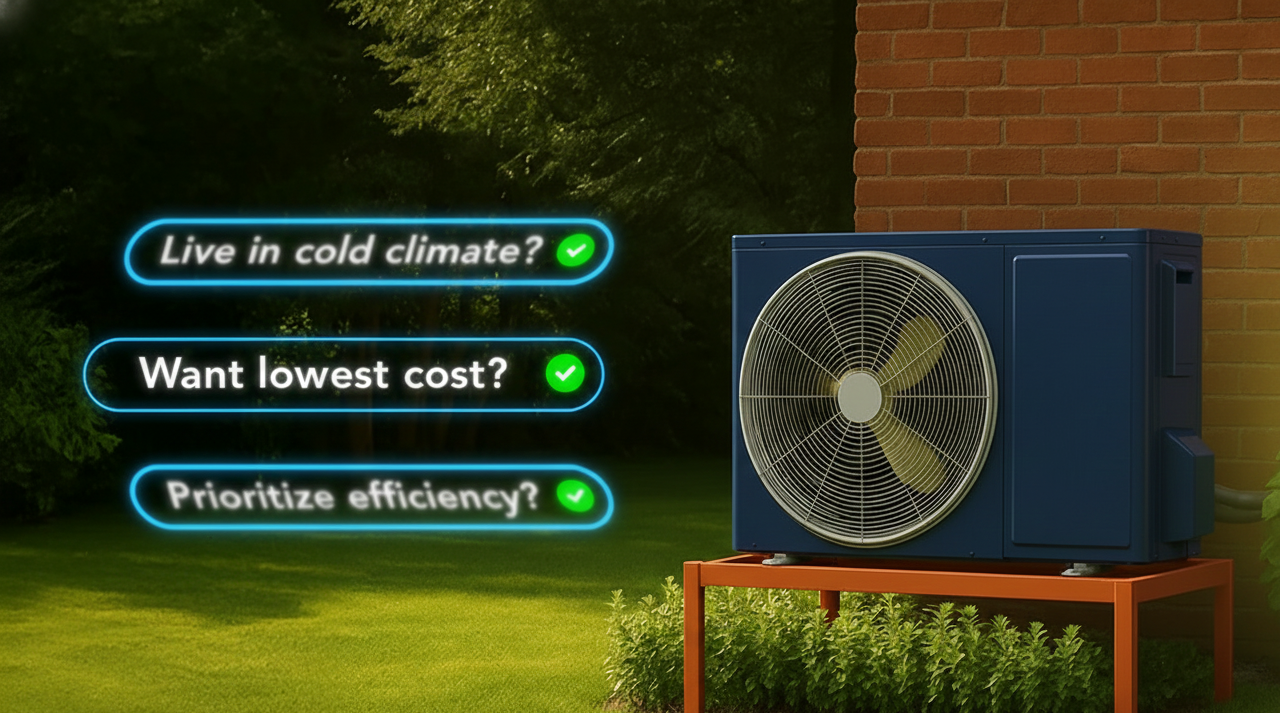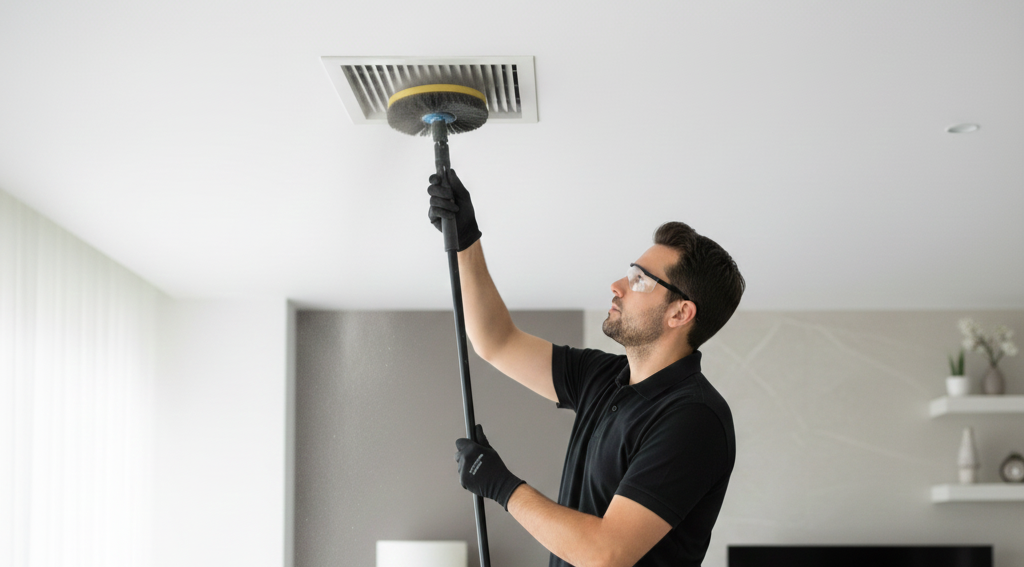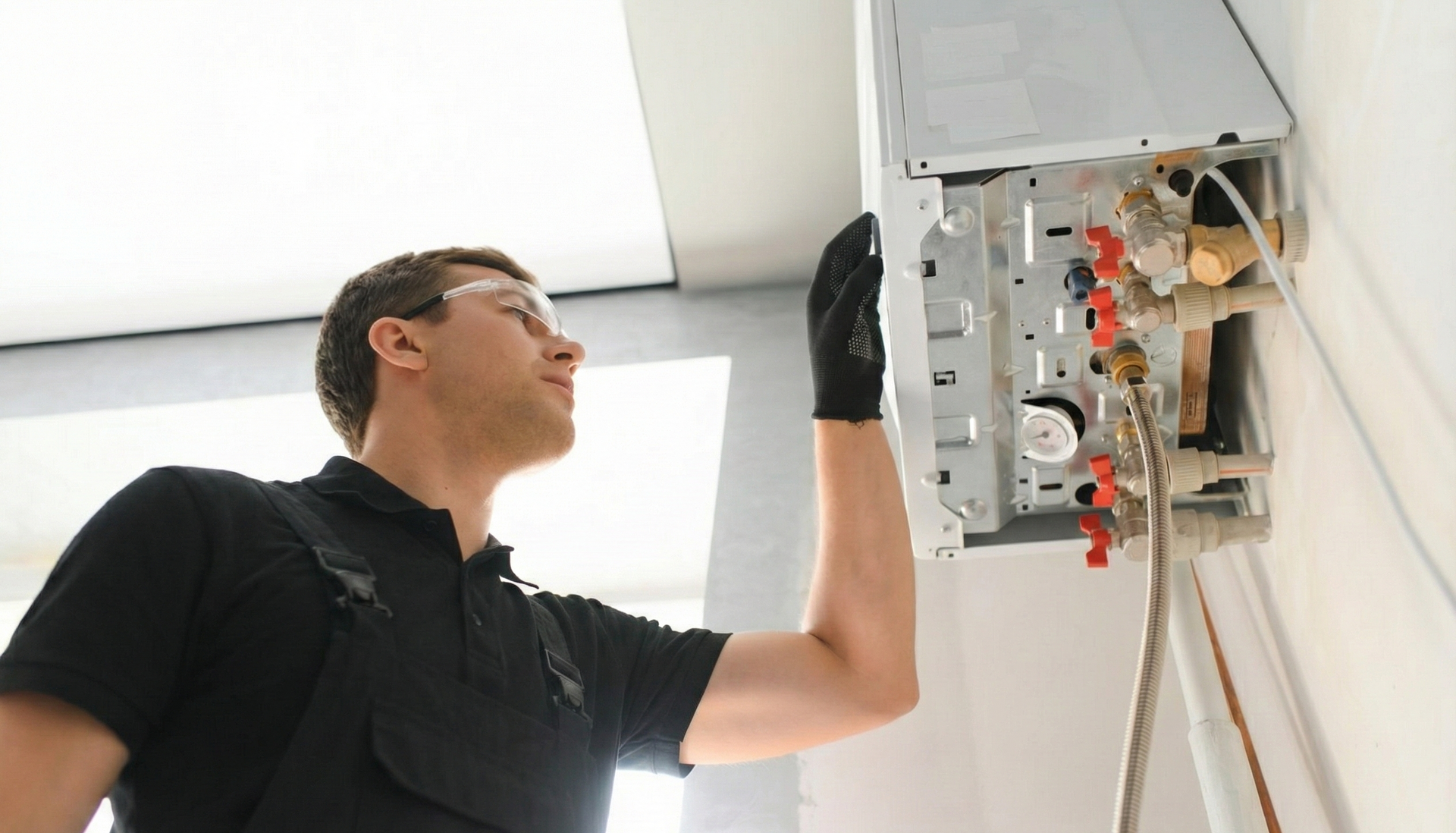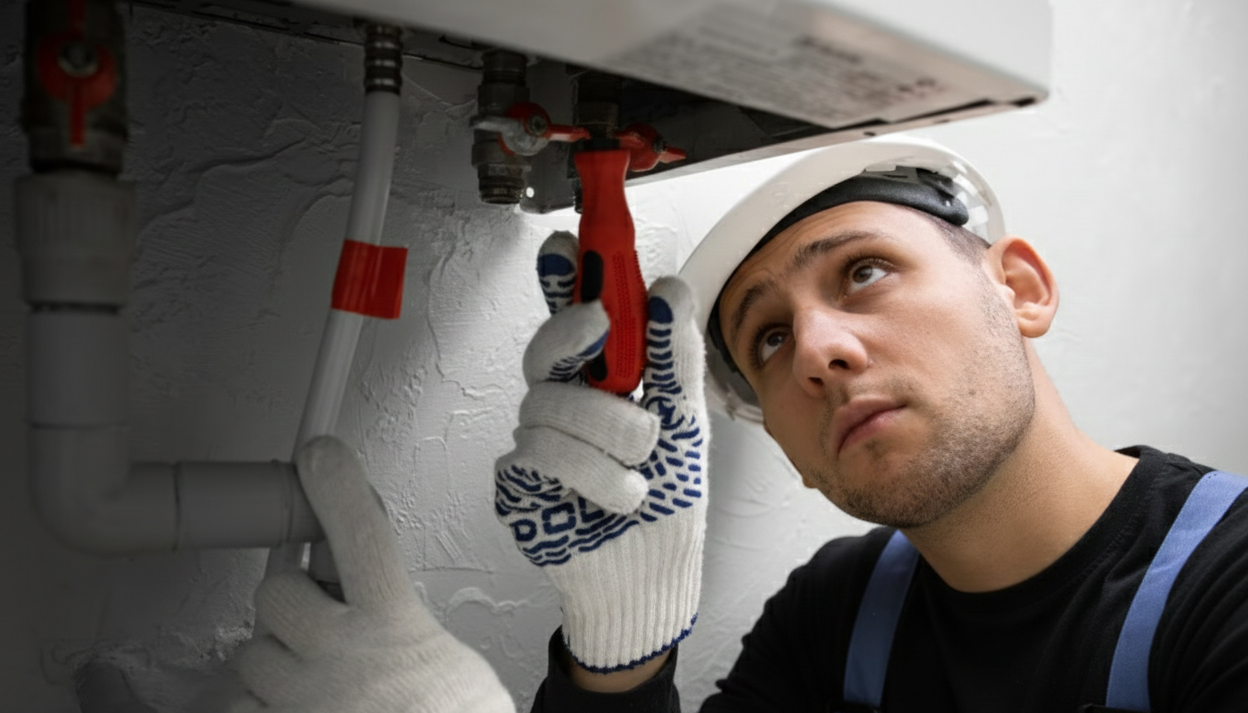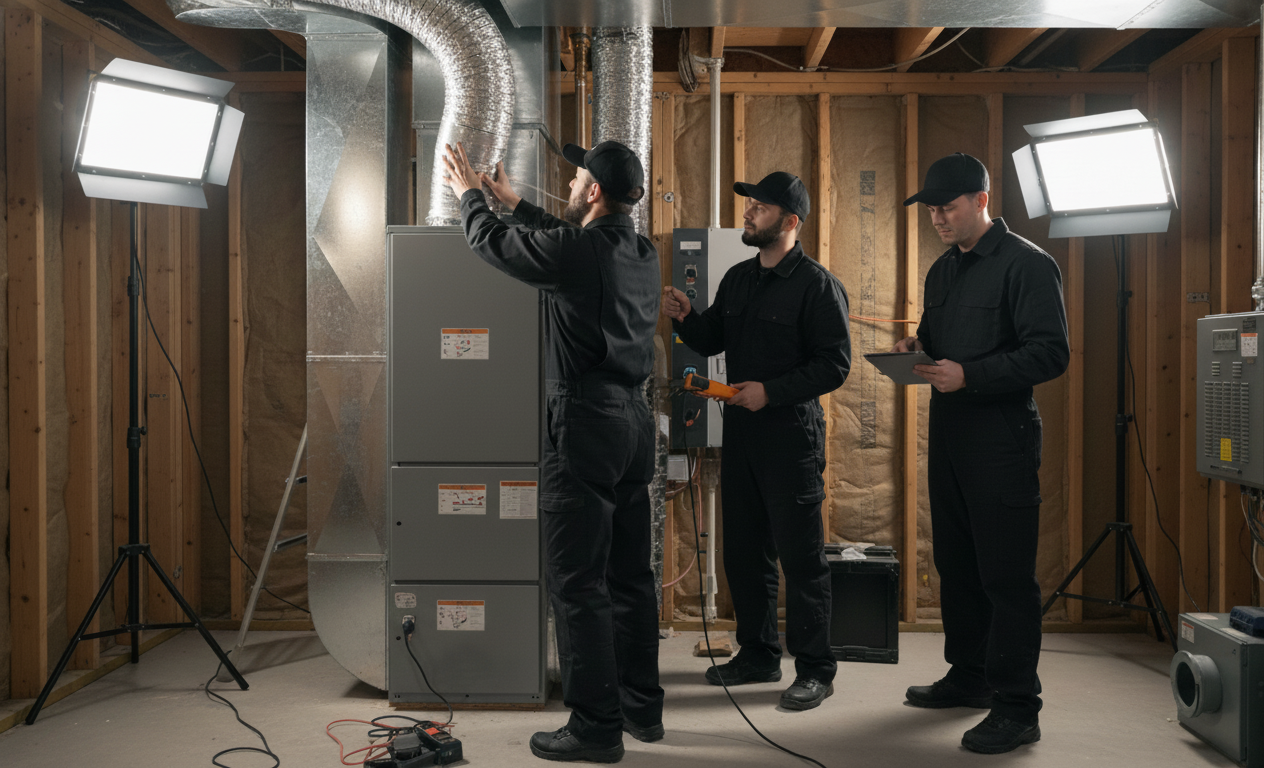Understanding the 4 Different Types of Air Ducts
Central HVAC systems require ducts to distribute air throughout the home. The type and character of these ducts can have a major impact on HVAC performance and maintenance. Most customers we talk to are not even aware there are different types of air ducts, so they don't know there is a decision to make when installing central air.
To help you out, the team at Premier Systems is here with this quick guide on the four most common types of ductwork materials in modern homes. Contact us today to speak to a duct cleaning company in Bozeman, MT!
Sheet Metal Air Ducts
Sheet metal is the most common duct material due to its durability and energy efficiency. These are the ducts that look like metal rectangular tubes that go through your walls. Most sheet metal ducts are made from stainless steel, so they are resistant to rust, and the smooth metal surface makes for easy cleaning. Steel ducts have the highest amount of airflow, so they waste the least amount of energy. Also, modern galvanized steel has antimicrobial properties, so it is resistant to mold and algae growth.
The main downside is their cost. Sheet metal costs more to produce and install than other types of air ducts and is similarly more expensive to maintain and replace. Additionally, steel ducts can start to leak at the seams as they age.
Flexible Air Ducts
Flexible ducts are made out of a flexible metal sheet with a coil wire core. Many homes have these types of air ducts in their attics to connect to home vents. The real benefit of flexible ducts is they can shrink and grow like an accordion, so they are comparatively easier to install than rigid sheet metal. You can easily twist them around corners and along walls without having to cut and place specific sections. They are also less expensive than other kinds of ductwork.
However, flexible ducts can have performance issues at higher temperatures and are more susceptible to damage when cleaning. Their flexible structure also means they can collapse or twist on themselves, creating kinks that cut off airflow. Also, flexible ducts have a noticeable "unfinished" look compared to sheet metal, so many homeowners prefer alternatives on aesthetic grounds.
Fiberglass Air Ducts
Fiberglass-lined ducts are another type of rigid duct that incorporates a fiberglass coating. Fiberglass ductwork has a metal core and an interior or exterior layer of fiberglass sheeting. The main advantage of fiberglass ductwork is that fiberglass absorbs sounds, so it can make for a quieter space. This is one reason why this option is more common in office and work environments where sound issues are more of a concern.
However, fiberglass ducts are tough to clean and can attract mold due to their porous nature. There is also some evidence that this material can deteriorate and release particles, reducing overall air quality and cleanliness.
Fiberboard Air Ducts
Fiberboard ducts are composed of fiberglass strands that are pressed into a board and coated with a metal foil exterior. They mimic the strengths and appearance of sheet metal ductwork at a lower price point. This material is cheap to manufacture, so it is among the less expensive types of air ducts.
However, like fiberglass-coated ducts, fiberboard ducts can pick up mold and mildew because they are porous on the inside. They need frequent cleaning and maintenance to keep them sanitary, especially in hot, humid climates.
Choosing the Right Ducts for Your Bozeman Home
When considering air duct options for your Bozeman home, weigh the following considerations:
- Space. Rigid ducts take up a lot more space than other types, so your home’s square footage will have an impact on the decision. Space also impacts the choice of round vs. rectangular ducts.
- Installation time. In general, rigid ductwork takes more time to install than flexible ductwork, making the choice between the two an important consideration during Ductwork Repair and Installation projects.
- Maintenance needs. Rigid sheet-metal ducts are the most straightforward to clean and maintain but also the most expensive.
- HVAC specifications. Certain HVAC equipment might have temperature and pressure requirements mandating a specific type of ductwork.
Your Trusted HVAC Service Provider in Bozeman
Premier Systems is the one to call when your HVAC system is acting up. If you have any more questions about the different types of air ducts, call or send us a message online to schedule an appointment!
Want to learn more about basic HVAC troubleshooting? Read this article on the
reasons for an AC turning off itself.


